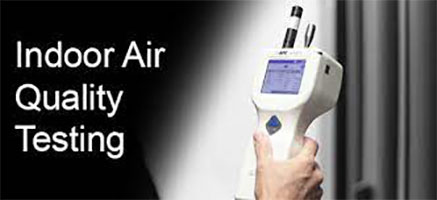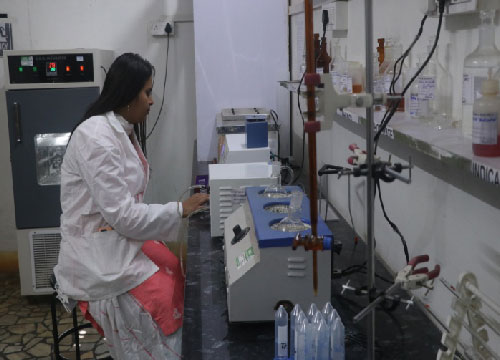SITR is NABL accredited Environment and Food testing laboratory. It provides environmental testing services, which includes ambient air monitoring, stack emissions, water and waste water analysis, heavy metals, noise pollution and more.
We offer customized ambient air monitoring services as per industries’ requirements. We have a highly knowledgeable and experienced team that is capable of monitoring the air for pollution degrees, toxin levels, and tracing chemical compounds.
Monitoring of ambient air quality helps us to assess the impact caused by poor air quality on public health, evaluate whether the air quality is under the limits and most importantly to identify the efficiency of industries in high polluted areas.
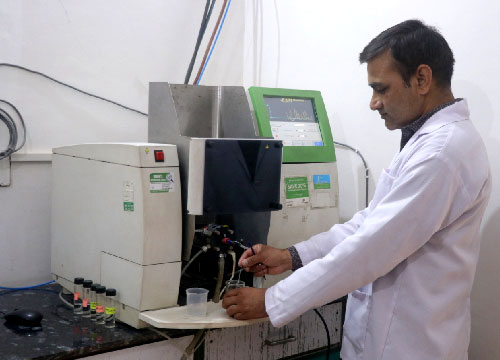
Ambient Air Testing
Ambient air quality monitoring is the process of measuring air pollution in the atmosphere. It measures the health and safety of our environment. The concentration of air pollution depends not only on the amount from the air pollution sources but also on the atmosphere’s ability to absorb or disperse the exhaust fumes. Air pollution sources such mining, Stone Crushing plants, Brick Kilen, transportation vehicles, thermal power plants, industrial and domestic sources can change the composition of the ambient air, which may result in an increased incidence of cancer, respiratory and cardiac diseases. People’s health is adversely affected due to the high levels of air pollutants in the environment,
We measure 12 air pollutants at the required location/Industrial unit as per HSPCB/CPCB requirement. such as:
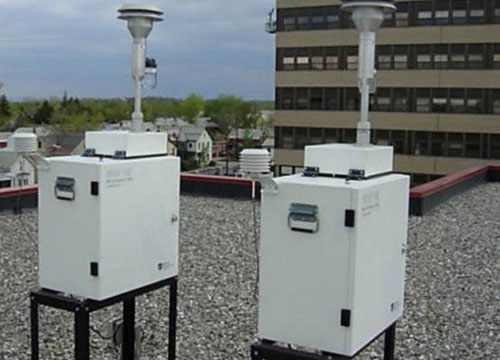
- Oxide of nitrogen as NOx
- Sulphur dioxide(SO2)
- Particulate matter (PM10)
- Fine Particulate matter (PM2.5)
- Ozone(O3)
- Lead (Pb)
- Arsenic(As)
- Carbon monoxide (CO)
- Ammonia (NH3)
- Benzene (C6H6)
- Benzo-pyrene (BaP)
- Nickel (Ni)
Stack Emission Monitoring
Stack emission monitoring is a useful method or process for assessing the emissions from industrial waste gas streams discharged into the atmosphere after the incineration process.
It helps to determine the accurate degree of pollutants present in the air emitted from the stack. Stacks from boiler, DG set, furnace, chimney, and the industrial process will carry pollutants such as SOx, NOx, Particulate matter, solvent organic or inorganic,(HCL, Cl2, NH3), other dust and gases.
The collected sample is then tested and analyzed as per HSPCB/CPCB requirement for parameters, viz.
- NOx (oxides of nitrogen)
- CO (Carbon Monoxide)
- CO2 (Carbon Dioxide)
- SO2 (sulphur dioxide)
- VOC (Volatile organic compound)
- Hg (mercury)
- HCl (Hydrochoric acid vapors and mist)
- H2SO4 (Sulphuric Acid mist)
- Total Fluoride and more.
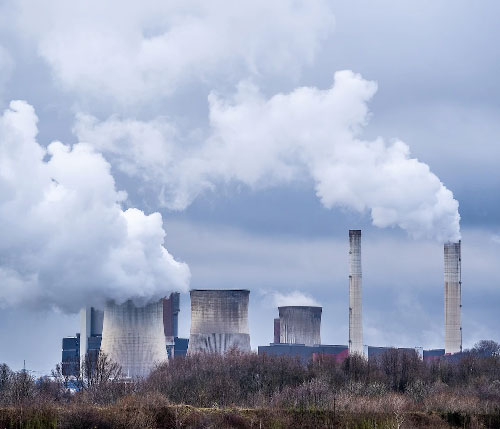

Brick Kiln Emission
The brick kilns emit toxic fumes containing suspended particles rich in carbon as well as high concentrations of carbon monoxide and sulfur oxides (SOx) that are harmful to the eyes, throat and lungs. These pollutants affect the mental and physical development of children.
Indoor and outdoor Air Pollution
Indoor air quality (IAQ) monitoring can have a huge impact on the health, well-being and productivity of the building occupants whether it is a hospital, hotel, corporate office, school, commercial or institutional building. Poor IAQ can be hazardous to the health of workers, besides you need to fulfill the regulatory compliance. This is why it is important to get a pre-monitoring and testing of indoor air after construction and before moving in workforce.
Combustion appliances, building products such as paints and coatings, composite wood, adhesives and sealants, toner from printers, cleaning products, air fresheners, and adhesives used in building materials are some of the main indoor and outdoor sources of indoor air contamination.

Water and Waste Water Testing
Due to increase in the level of pollution and toxicity, water is becoming very scanty, which causes immense issues to our health. Therefore there is a need for the testing of water before its use. Drinking Water should meet the requirements specified by the Bureau of Indian Standards.
SITR Lab knows the significance of pure water which is consumed by human and industrial work. We offer all the facilities for testing drinking water and wastewater to our clients. We have a well-developed infrastructure with advanced testing facilities, which can provide our clients with the sampling and analysis of a large range of organic and inorganic parameters in industrial waste; drinking, surface, ground and sewage water as per HSPCB and CPCB requirements.
The test samples with their specified standards are mentioned below:
-
Drinking water/Raw Water/RO Water/Potable Water/Bore well Water (IS: 10500-2012: R 2018)
-
Packaged Natural mineral water (IS: 13428-2005: R 2018).
-
Packaged drinking water (IS: 14543-2004: R 2021).
-
Swimming pool water (IS: 3328-1993: R 2013).
-
Water for Processed Food Industry (IS: 4251-1967: R 2020).
-
Inland surface water (IS: 2296-1982).
-
Reagent grade water (IS: 1070-1993).
-
Boiler water, Feed water, condensate for high-pressure boilers (IS: 10496-1983).
-
Plastic Bottles/Containers for packaged drinking water (IS:15410:2003: R 2018)
The Parameters that we check in water samples are broadly divided into three categories:
| Physical Parameters | Chemical Parameters | Microbiological Parameters |
| Total Dissolved Solids (TDS) | Acidity and Alkalinity | Faecal Coliform |
| Total Suspended Solids (TSS) | Hardness | Total Coliform |
| Temperature | pH | Faecal Streptococci |
| Turbidity | Dissolved Oxygen (DO) | E. Coli |
| Color | Chemical Oxygen Demand (COD) | Pseudomonas Aeruginosa |
| Odor | Biological Oxygen Demand (BOD) | Salmonella |
| Taste | Pesticides | Toxicity Taste (bioassays and LC 50) |
| Volatile Organic Compounds (VOCs) | Total Plate Count | |
| Polyaromatic Hydrocarbons (PAHs) and Polychlorinated Biphenyls (PCBs) | Vibrio Cholera | |
| Trichloroethylenes (TCEs) and Trihalomethanes (THMs) | Enteroviruss | |
| Lead, Cadmium, Arsenic, Nitrites, Nitrates and Cyanides content | ||
| Toxicity Characteristics Leaching Studies (TCLP) | ||
| Phenolic Compound | ||
| Ammonical Nitrogen |

